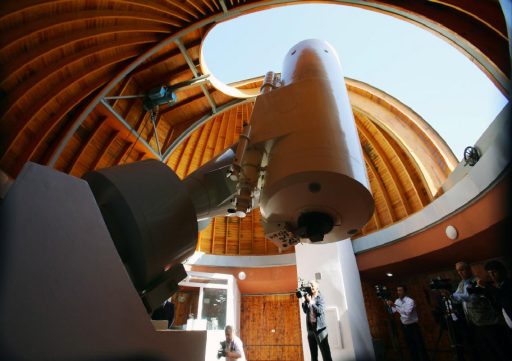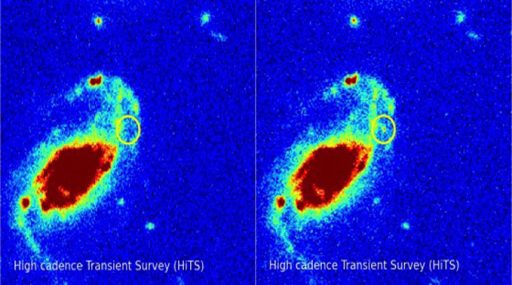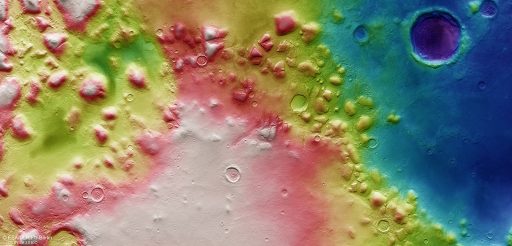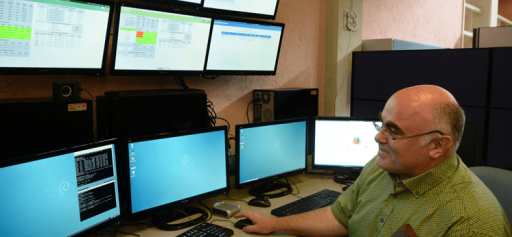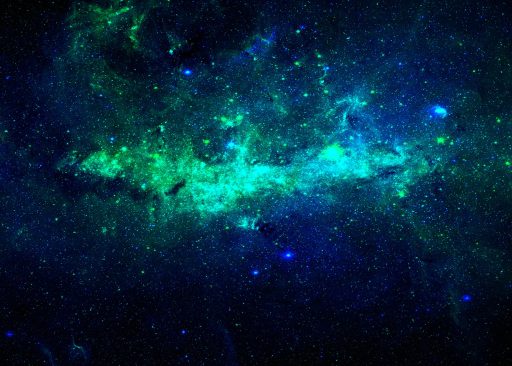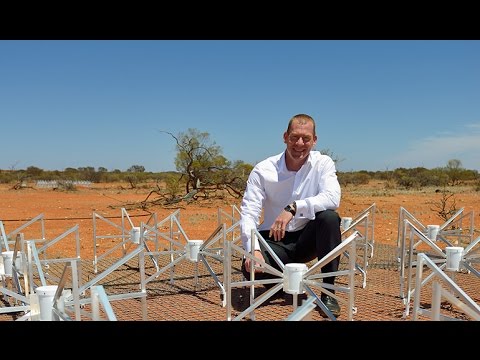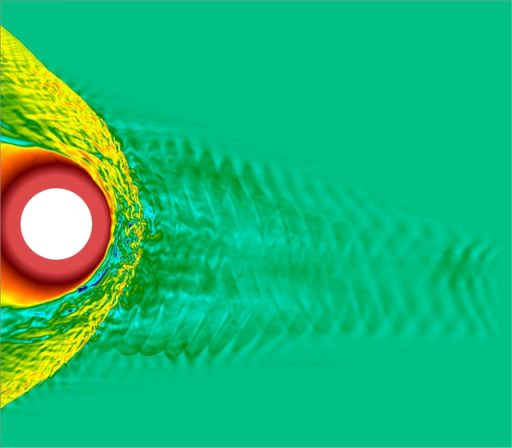On 19 April 2017 the ‘Rock’ asteroid made an uncomfortably close pass to Earth – the closest in 400 years. The first step to protecting against such hazards is to monitor them to calculate their precise orbits; this requires fast, reliable internet connections so that the huge volumes of observation data involved can be sent speedily and reliably to researchers around the world for analysis.
Studies by scientists in Chile shed light on phenomenon related to the creation of the Universe, the formation of celestial bodies and the characterization of different kinds of stars. “Our goal is to understand the parent stars of supernovas. I mean, what kind of star produced the explosion”, says researcher Francisco Förster.
Slovenian researchers analysed various aspects of the biology of extremophilic fungi, which can act as pathogens that are harmful to humans and used the same methods in their winning solution in data mining for the European Space Agency.
The control room is the first installation of its kind in America that can operate telescopes and fluorescence detectors at a distance, from Mexico to Argentina. It also maximizes usages times and optimizes the transmission of scientific data.
In 2009, NASA launched the Kepler space observatory to discover Earth-size planets orbiting other stars. For four and a half years, Kepler photographed a small 10-by-10 degrees section of the sky, taking snapshots each minute. “This is a goldmine of data, and we won’t see anything quite like it in the foreseeable future,” explains Rasmus Handberg from the Stellar Astrophysics Centre at Aarhus University, Denmark.
Astronomy has come a long way from the days of Galileo Galilei looking through a telescope to the skies. Major science infrastructures such as the Hubble Space Telescope and telescope arrays, including the forthcoming Square Kilometer Array, create huge amounts of research data for scientists across the world to explore and explain the cosmos.
The Nordic research and education networks are preparing to put a whole new network infrastructure in place for EISCAT 3D, as the powerful new radar is situated in remote northern Scandinavia to assure a minimum of background noise. For the next 35 to 40 years to come, it will be the centerpiece of the international network of instruments monitoring the Earth’s upper atmosphere and space environment.
Steven Tingay is passionate about designing and building radio telescopes in outback Western Australia and using them to look at the first stars and galaxies.
As computer simulations go, Vlasiator is as huge as they come. Developing Vlasiator, Minna Palmroth, professor at the Finnish Meteorological Institute, has succeeded in doing what many of her colleagues thought impossible: Simulating weather in near-Earth space, showing how solar wind affects us, using high performance computing and high speed networks to do so.


